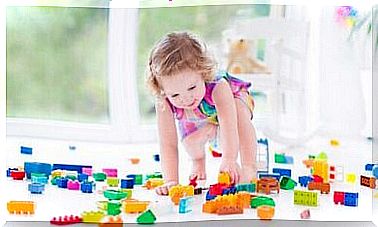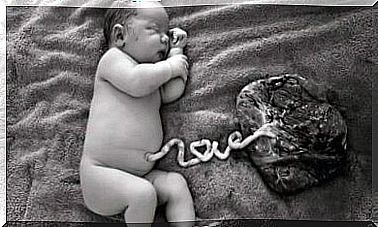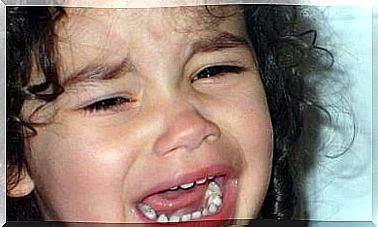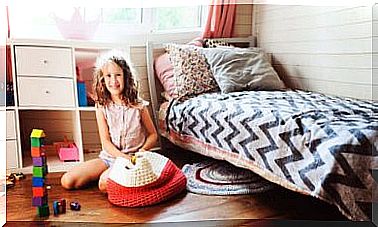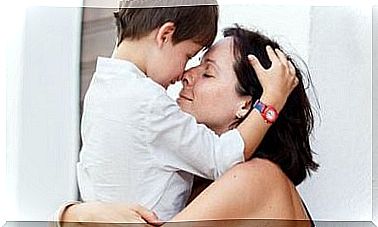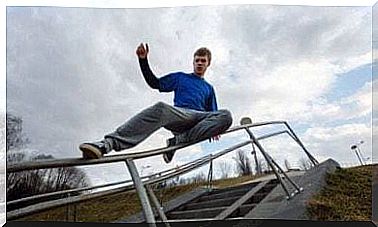The 9 Most Common Mistakes In Baby Stimulation
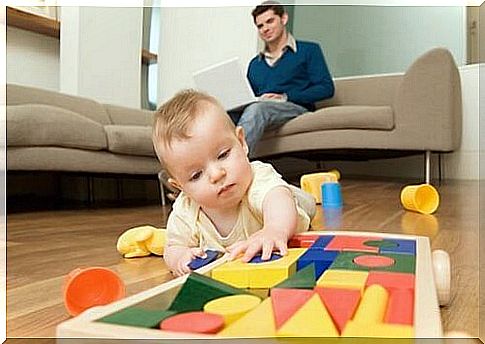
Stimulation of the child consists of several stages. Some are less considered than others, but they are all very important. For example, prenatal stimulation is sometimes neglected, other times that of other stages of childhood. Here’s how to avoid the most common mistakes in stimulating the baby.
Children are able to learn many things and achieve what are important goals for them. For this reason, parental help is essential. Their presence during learning must be characterized by understanding and a great deal of patience.
In order for the child to develop properly and to be able to count on the tools useful to get by in his environment, it is important that he is stimulated. However, there are behaviors that should be avoided, such as overstimulation or incorrect stimulation.
Errors in stimulating the child
Each parent is free to raise their children in their own way. However, sometimes we make mistakes that can be avoided.
Specialists believe that the most common mistakes in stimulating the baby are made when he begins to walk. Here are some recommendations to prevent children from learning our bad habits.
1. Force it
It is preferable to urge the child to walk alone, without taking him by the hand. He needs it for his future autonomy. The child should not be forced to do something he does not want to do. It is essential that you move as you please.
2. Be afraid of everything
It is best to let the child get used to this new ability. We should accompany him without putting pressure on him. He shouldn’t feel overwhelmed by too many expectations or fears.
3. Use the walker
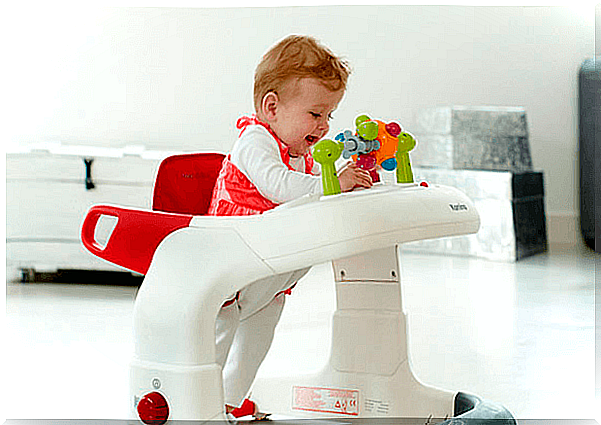
Using a walker early on can delay the time your baby feels safe enough to walk unaided. Furthermore, the walker can also have long-term consequences, such as structural alterations of the legs and feet. Likewise, it represents one of the main causes of domestic accidents.
4. Shoes for walking
Baby’s feet don’t need stiff shoes. Indeed, they must be left as free as possible. According to experts, the sole of the foot is in full development when the little one begins to walk. For this reason, making him wear shoes could harm him rather than do him good.
If you want your child to use shoes, it is preferable not to wear them when walking. When wearing shoes, they should be soft and have a flexible sole. Remember that their function is to prevent the child from slipping and getting injured. Stiff-soled shoes prevent the baby from forming arches, making it unstable when walking.
5. Overstimulation
Generally, parents use toys to stimulate the child. The ideal, however, is that the child does not lose concentration. To do this, you have to choose a game that arouses his interest, that he needs to play. It can be a toy or any other non-dangerous object that catches his attention. It is not recommended to offer several stimuli with several objects at a time.
6. The position of the music boxes
When it comes to decorating a child’s room, some parents put the music boxes in the wrong place. On the sides of the crib or playpen or at an inadequate height, the object loses its usefulness. The ideal would be to place the music box in the center of the crib, at a distance that allows the baby to concentrate in order to reach it. This will encourage him to move and prevent him from assuming the wrong posture of the neck.
7. Make him sit without any support
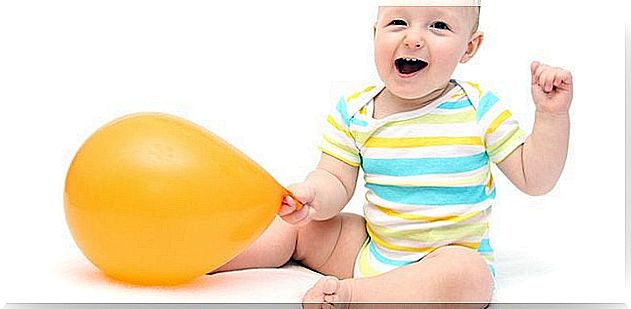
If the child cannot sit alone, it is advisable for him to have support when sitting. It often happens that parents seat the baby on the pillows before the age of 5 months. However, it is dangerous, because his body is not yet capable of staying in this position. This operation causes the child to lose muscle activation in positions that are not appropriate for his age.
8. Move when the child wants to join us
Parents try to attract the child to them when he or she begins to take the first steps. It is not wrong, but when the child is about to reach them, they do not have to move to avoid it.
That is to say that when the child walks and manages to get close, we must let him reach us so as not to make him feel frustrated. If we continue to avoid it, the child will no longer want to do it because he cannot achieve his goal.
9. Walk with your arms raised
The best way to walk with the baby is to take it under the armpits or around the waist. Experts make this recommendation because we have to teach the baby to walk in the correct way. Nobody walks with their arms raised.

